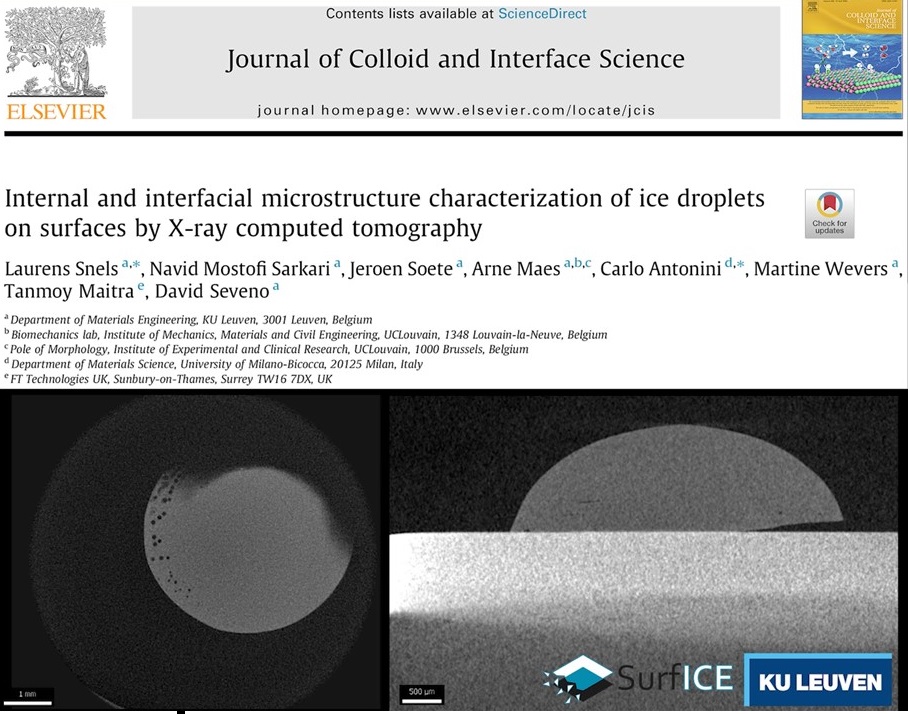
Research updates:
February, 2023: Navid participated in the first peer reviewed paper that comes out, it introduces freezing X-ray Computed Tomography (#XCT) as a versatile tool to shed light on the hidden aspects of ice/surface interface at a microscale level.
About him
“I studied BSc in Polymer Engineering (majoring in surface coatings) at Amirkabir University of Technology (Tehran Polytechnic), Iran, from 2012 to 2016. I graduated from the same university with an MSc in Polymer Engineering-Coatings in June 2019. During performing my MSc project, I was granted an Erasmus+ exchange scholarship for research at Middle East Technical University, Turkey. From the time I commenced my journey in academic research during the BSc thesis, I was eager to explore practical challenges and attempt to troubleshoot them with my theoretical knowledge. In this regard, I chose to investigate an industrial challenge attributed to surface characteristics of silane-crosslinked polyethylene (Si-XLPE) compounds and their inadequate surface adhesion and bonding issues. Having investigated the reasons for the mentioned issue of Si-XLPE in my BSc thesis, I sought solutions for it in my MSc thesis. I concentrated on resolving the challenge in the experiments by utilizing plasma-assisted in situ grafting of coupling agents. After I graduated with the MSc degree and before starting my PhD, I worked as a temporary researcher at Tehran Polytechnic on sustainable application of recycled plastics in pavement engineering applications by fabricating high-performance polymer-modified bituminous binders.”
Project Goals:
• design and setup of an experimental strategy to combine inkjet printing of heat conductive inks and local contrast in temperature, roughness, wettability, and elasticity.
• Identification of a link between the physical chemistry properties of the discontinuous coatings and the enhanced de-icing properties.
• Conceptualization of the experimental results into a theoretical framework transferable to various surfaces.
• Cross-correlations with outputs from: (i) iCVD polymer coatings (ii) soft polymer coatings (iii) polymer coatings
• Completed validation of the theoretical framework.


